Image Annotation
Bounding Box
Bounding Box annotation is a fundamental technique in computer vision, used to identify and label objects within an image by drawing a rectangular box around them. This method is widely utilized for object detection tasks, enabling AI models to accurately locate and classify various objects. Our precise bounding box annotations ensure that your AI systems can detect and recognize objects efficiently, making it essential for applications in retail, security, autonomous vehicles, and more.
Polygon Annotation
Polygon Annotation involves outlining the exact shape of an object by marking its vertices, offering greater precision compared to bounding boxes. This technique is particularly useful for annotating irregularly shaped objects or fine details within an image. Our high-quality polygon annotations are crucial for applications such as autonomous driving, medical imaging, and detailed scene understanding, providing your AI models with the accuracy needed to perform complex tasks.
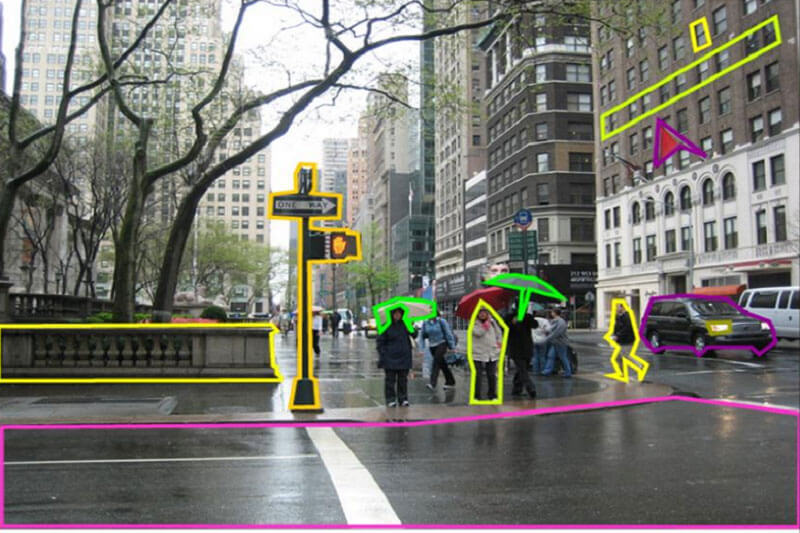

Semantic Segmentation
Semantic Segmentation is the process of labelling each pixel in an image with a class identifier, effectively dividing the image into meaningful regions. This pixel-level annotation is essential for high-precision applications, such as autonomous vehicles, medical diagnostics, and environmental monitoring. Our semantic segmentation services provide detailed and accurate annotations that enhance the performance of your AI models in interpreting and analysing visual data.
Key Points
Key Points annotation involves marking specific, critical points on objects within an image. This method is often used for facial recognition (e.g., marking eyes, nose, and mouth), pose estimation (e.g., marking joints in the human body), and feature detection in various objects. Our key points annotations provide detailed structural information, enabling your AI models to understand and analyse the intricate details of objects and human poses accurately.
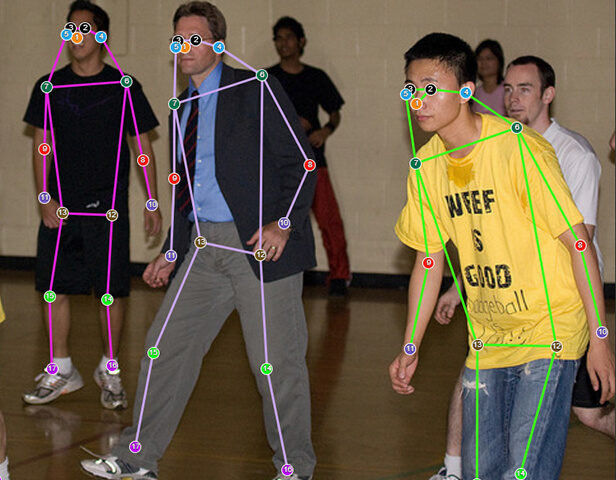

Lane and Line Marking
Lane and Line Marking annotation is used to identify and label road lanes and other important lines in driving scenes. This type of annotation is critical for developing and training autonomous driving systems, ensuring vehicles can accurately detect and navigate lanes, road boundaries, and other linear elements in their environment. Our precise lane and line marking annotations support the development of safer and more reliable autonomous driving technologies.
Landmark Annotation
Landmark Annotation involves identifying and marking specific landmarks or points of interest within an image. This technique is often used in geospatial applications, such as mapping and navigation, as well as in medical imaging for identifying anatomical landmarks. Our landmark annotations provide accurate and reliable data for applications requiring precise location and identification of critical points, enhancing the performance and usability of your AI solutions.
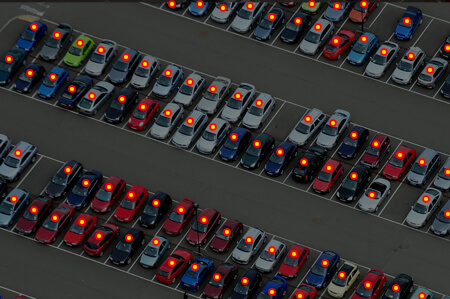
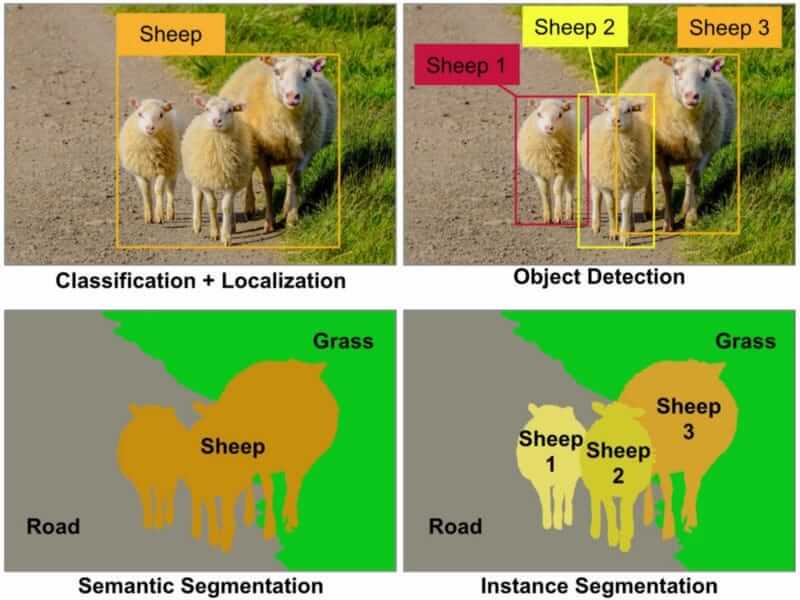
Image Classification and Segmentation
Image Classification involves categorizing entire images into predefined classes, while Segmentation divides the image into regions for individual classification. Combining these techniques enhances the ability of AI systems to understand and analyse complex visual information. Our image classification and segmentation services ensure that your AI models receive high-quality, labelled data, enabling accurate object recognition and scene interpretation across various industries.
Image Moderation
Image Moderation annotation is used to identify and label inappropriate or harmful content within images. This process is crucial for maintaining safe and compliant online environments, helping platforms detect and filter out content that violates guidelines or poses risks to users. Our image moderation services provide reliable and efficient annotations, ensuring your platforms remain safe and welcoming for all users.
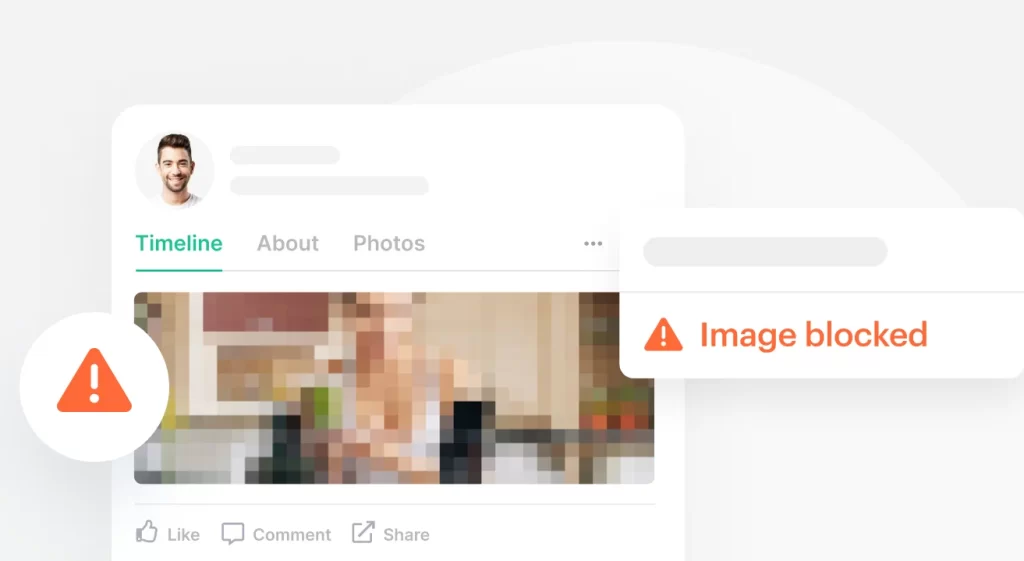
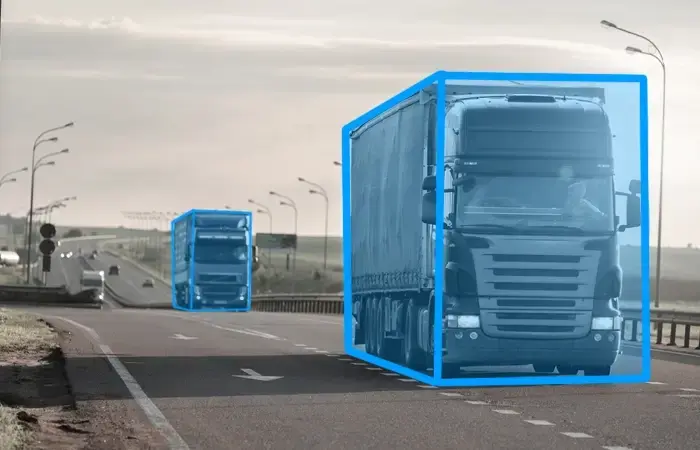
Cuboid Annotation (3D Bounding Box)
Cuboid Annotation, or 3D Bounding Box annotation, extends the concept of bounding boxes into three dimensions. This technique is used to annotate objects in 3D space, providing depth information along with height and width. It is essential for applications such as autonomous driving, robotics, and augmented reality, where understanding the spatial properties of objects is crucial. Our cuboid annotations deliver accurate 3D data, supporting the development of advanced AI models that require detailed spatial awareness.

